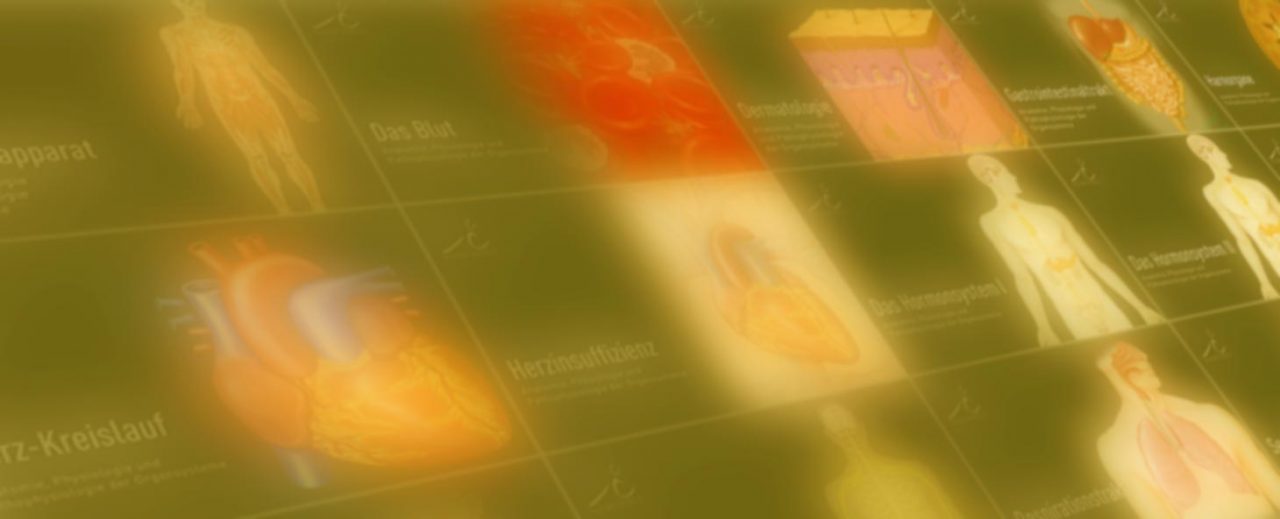After completing the German version of the learning modules, we have now started to translate the physiology into English.
We expect the first modules to be available in spring 2020.
Human physiology as interactive learning modules
15-part series for the training of employees of pharmaceutical companies, for paramedical professions, alternative practitioners and physiotherapists
The series is unique worldwide.
The modules are displayed in any common browser.
The high quality is achieved through speakers, elaborate medical illustrations, lots of animation, and a powerful glossary.
With the exciting learning modules, you can achieve an improvement in the retention rate. Employees do not have to go to training sessions but can learn from the comfort of their own homes.
The modules are SCORM-based and run on any standard learning management system. We can guarantee an increase in training hours with the same number of staff.
Facts:
Medical management during production
Voice-guided sequences
Elaborate medical illustrations
Numerous animations of illustrations in each sequence
Powerful glossary with over 2000 entries
Glossary display within the learning program
Additional topic-oriented text boxes for situation-related explanations
Permanent expandability of the glossary by users
Display in all browsers in HTML5 with fallback to Flash
Table of contents of all modules
- Nervous System
- Musculoskeletal System
- Dermatology
- Gastrointestinal tract
- Sexual organs
- Hormone system 1
- Hormone system 2
- Respiratory tract
- Cardiovascular System
- Blood
- Heart
- Heart Insufficiency
- Urinary organs
- Lung tumours
- Sensory Organs
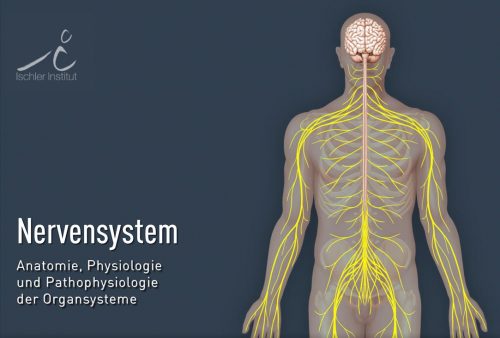 Nervous System
Nervous System
- Introduction
- Brain
- brain areas
- Cerebellum
- Nervous System
- central nervous system
- Peripheral nervous system
- Vegetative nervous system
- Ganglions
- Nerve tissue
- Synapses
- Pain
- Nociception
- Visceral pain
- Somatic pain
- Acute and chronic pain
- Selected diseases
- Parkinson's disease
- Alzheimer's disease
- Epilepsy
- Depressive syndrome
- multiple sclerosis
- Final test
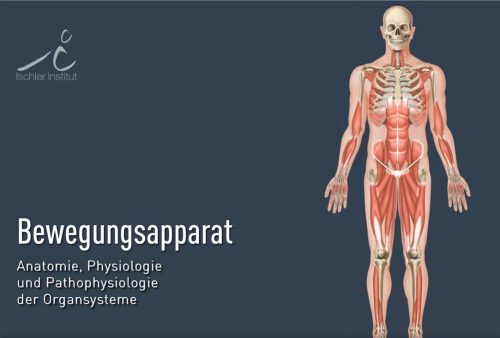 Musculoskeletal System
Musculoskeletal System
- Orientation in the human body
- Body Axes
- Levels
- Directions on the human body
- Musculoskeletal system
- Properties of the skeleton
- Bones
- Structure
- Bone metabolism
- Calcium level
- Joints
- Structure
- Joint forms
- Extraarticular structures
- Skeletal muscles
- Muscle construction
- Movement stimuli
- Transmission of stimuli
- Muscle contraction
- Refractory period
- Final test
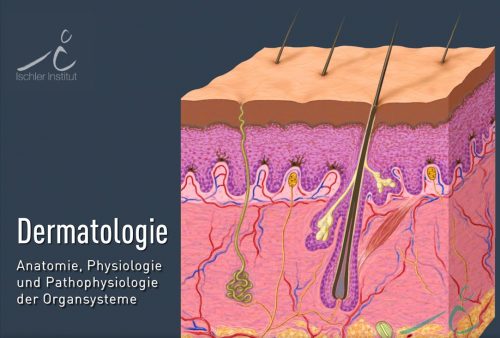 Dermatology
Dermatology
- Skin layers
- Epidermis
- Corium
- Subcutis
- Skin appendages
- Nails
- Hair
- sweat and sebaceous glands
- Main functions of the skin
- Sense organ
- Sensors
- Protection
- Temperature regulation
- Selected diseases of the skin
- Acne
- Psoriasis
- Mycoses
- Tumours
- Final test
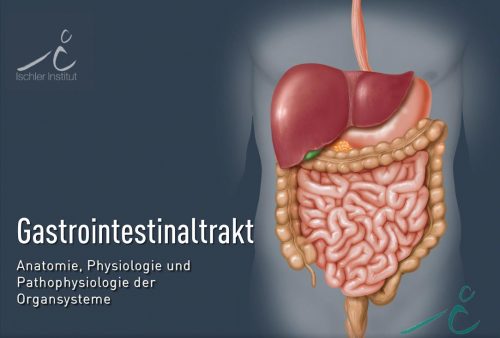 Gastrointestinaltrakt
Gastrointestinaltrakt
- Food
- Food Components
- Digestion
- Functional units of the gastrointestinal tract
- upper gastrointestinal tract
- Lower gastrointestinal tract
- Food Passage
- Oral cavity
- Oesophagus
- Stomach
- Structure
- Wall structure
- Tasks
- Small intestine
- Classification
- Structure
- Villi
- Digestive juices
- Hormones and lymph nodes
- Appendix
- Colon
- Location
- Structures
- Function
- Liver
- Gall Bladder
- Pancreas
- Exocrine Pancreas
- Endocrine Pancreas
- Selected diseases
- Constipation
- Haemorrhoids
- Diarrhoea
- Final Test
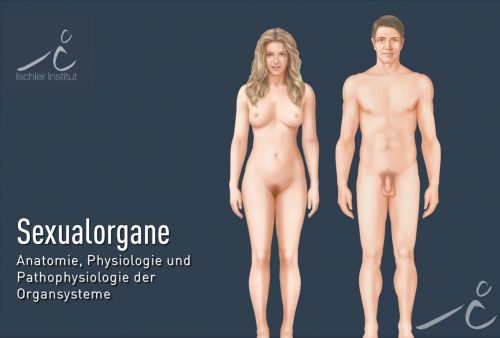 Sexual organs
Sexual organs
- Introduction
- Male and Female
- The male genital
- Testicles and Scrotum
- Epididymis, Vas deferens and Seminal vesicle
- Prostate and Cowper Gland
- Diseases of the prostate gland
- Prostatic hyperplasia
- Acute prostatitis
- Chronic prostatitis
- Prostate carcinoma
- Penis
- Male Infertility
- Infections Male
- The female genital
- Fallopian tubes
- Uterus
- Cervical glands and vagina
- Infections
- Infertility
- The female cycle
- Ovarian cycle
- Uterine cycle
- Cycle phases
- Hormone and cycle disorders
- Final Test
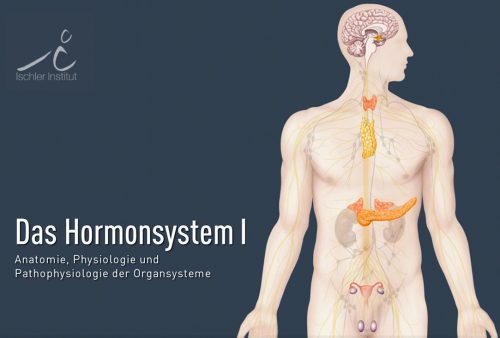 Hormone system 1
Hormone system 1
- Function of hormones
- Location and construction of endocrine glands
- Tasks of the hormones
- Hormonal control cycle
- Classification of hormones
- Mechanisms of action of hormones
- Reaction time of the hormones
- Hypothalamus Core Area I
- Hypothalamus Core Area II
- Anterior pituitary gland
- Final Test
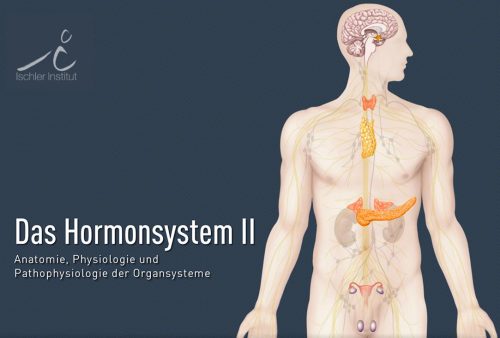 Hormone system 2
Hormone system 2
- Thyroxine and triiodothyronine
- Calcitonin and parathormone
- Pancreas
- Insulin
- Glukagon, Adrenalin
- Adrenal cortex
- Aldosterone and cortisol
- Adrenal medulla
- Gonads
- Tissue hormones I
- Tissue hormones II
 Respiratory tract
Respiratory tract
- Respiratory tract
- Breathing
- Nase
- Throat
- Trachea and bronchi
- Alveoli
- Lungs
- Gas exchange
- Respiratory Volumes
- Final Test
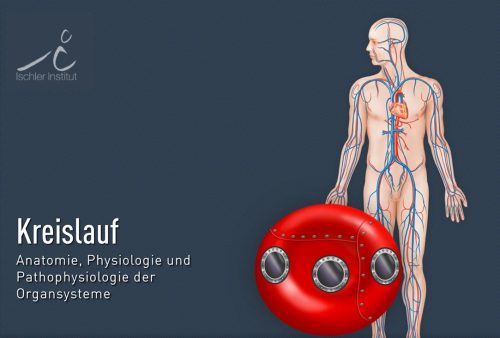 Cardiovascular System
Cardiovascular System
- Veins and arteries
- Heart vessels, arterial system
- Arterioles and capillaries
- Microcirculation and venous system
- Blood distribution and pressure regulation
- Final Test
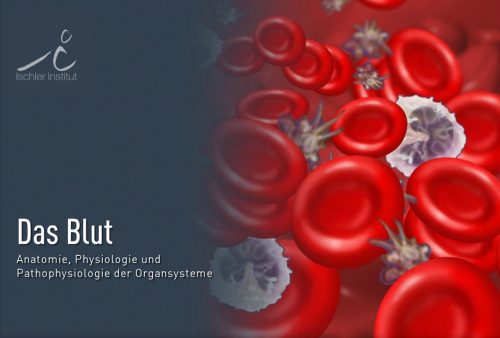 Blood
Blood
- Hematocrit
- Blood Plasma
- Functions of the blood
- Growth regulators
- Bone marrow
- Blood groups
- Rhesus system
- Blood coagulation I
- Blood coagulation II
- Blood coagulation III
- Fibrinolysis
- Final Test
Heart
- Size and position of the heart
- heart interior, valves
- layers of the heart wall
- Stimulus formation and conduction
- Higher-level control
- Phases of the heart action - Heart cycle
- Windkessel function
- Frank-Starling Mechanism
- Mechanics of the heart action
- Pressure conditions during a cardiac action
- Final Test
Heart Insufficiency
- Heart Insufficiency
- Symptomatology
- Therapy
- Final Test
 Urinary organs
Urinary organs
- Function, Position, Size
- Overview
- Structure of the kidney
- Nephron
- Filtration
- Final urine preparation
- Blood supply
- juxtaglomerular device
- Collector pipes
- Ureter
- Urinary bladder
- Micturition
- Final Test
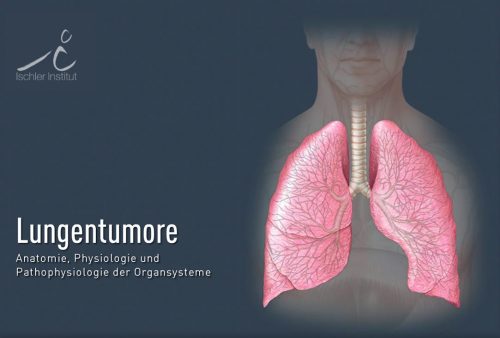 Lung tumours
Lung tumours
- Lung carcinomas
- Tumours
- Malignant vs. benign tumors
- Classification
- Scientific Classification
- Causes
- Tumor induction
- Tumor growth
- Metastasis
- Paraneoplastic syndromes
- Final Test
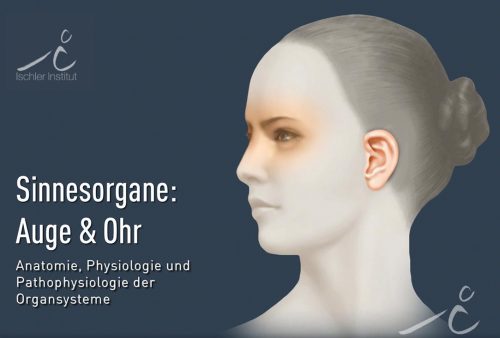 Sensory Organs
Sensory Organs
- Eye
- Location
- Structure
- Eye Skins
- Ciliary body - lens
- Retina
- Liquid chambers
- Visual function
- Cataract
- Pathology
- Glaucoma
- Conjunctivitis
- Ear
- Outer ear
- Middle Ear
- Inner Ear
- Hearing
- Balance
- Rotational Acceleration
- Diseases
- Final Test
Browser und mobile Apps zur Anzeige der veröffentlichten Kurse
Windows
- Internet Explorer 10 oder höher,
- Microsoft Edge (neueste Version),
- Google Chrome (neueste Version),
- Firefox (neueste Version)
Mac
- Safari (neueste Version)
- Google Chrome (neueste Version)
- Firefox (neueste Version)
Mobil
- Safari in Apple iOS 8 und höher
- Google Chrome in Apple iOS 8 und höher
- Google Chrome in Android OS 4.1 oder höher
CD/DVD
- Internet Explorer 10 oder höher mit Adobe Flash Player 3 oder höher
Articulate Mobile Player
- unter Apple iOS 8 oder höher auf iPad
- unter Android OS 4.1 oder höher (optimiert für Tablets
Barrierefreiheit in veröffentlichten Kursen
HTML5
JAWS 16 oder höher mit
- Internet Explorer 10 oder höher,
- Google Chrome (neueste Version),
- Firefox (neueste Version)
Flash
- JAWS 16 oder höher in Internet Explorer 11
Abschnitt 508 – Barrierefreiheit
- Entspricht den geltenden Anforderungen
WCAG 2.0
- Barrierefreiheit


